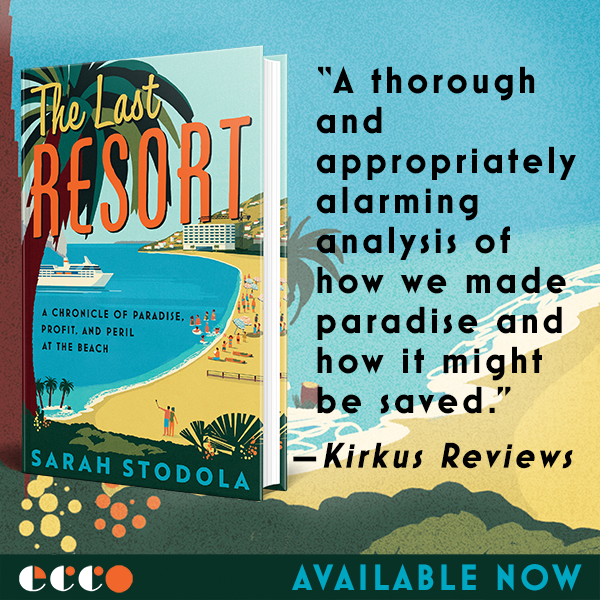Petra gets all the glory, but there’s another ancient city in Jordan with serious capacity to awe. Jerash, located just 30 miles north of the capital city of Amman, is a sprawling, incredibly well-preserved ancient Roman metropolis. The ruins, including a food market, a main street, a water fountain that supplied the entire population, and intact streets let me envision life in Roman times viscerally. For my money, it was better than the Forum in Rome.
I came away from Jerash proclaiming that Petra, a deserving wonder of the world to which I would head a couple of days later, had its work cut out for it. Jerash is that remarkable. Even more remarkable, most of this ancient city has yet to be excavated, so future visits may offer new wonders to behold.
Jerash is the second-most visited tourist attraction in Jordan, but you wouldn’t know it from the sparse crowds I encountered when I showed up on a sunny day early last December. Since the civil war in neighboring Syria began alongside continuing turmoil in Iraq, another border country, tourism to Jordan has cratered (although there was a slight uptick last year). On the day of my visit, one group tour of about 15 people made its way among the ruins, along with myself and a smattering of maybe 15 others. It’s a shame no one is going to Jordan right now, but it’s a great time to make their loss your gain.
I recommend giving yourself at least three hours to wander the ruins—ideally more—and to look out for the following highlights in particular while you’re at it (details after the photo gallery)…
Hadrian’s Arch: Built to welcome the Roman Emperor Hadrian when he visited Jerash in 129 and 130 AD. It once stood on the road to Amman (back then known as Philadelphia).
The Hippodrome: This will be one of the first sights you’ll come across. It holds the distinction of being the smallest hippodrome, or “circus,” in the Roman Empire, but today it’s also the best preserved. They still hold chariot races there, although not during my visit.
The Oval Plaza: This huge plaza served as the center of civilian life in Roman times, and it’s easy to see why—the enormous space still today has the feeling of a (particularly imposing) town square.
The Cardo: The remarkably intact main street of ancient Jerash, with its hulking cobblestones still in place. Grand columns line each side of the street, which stretches for 800 meters, from the Oval Plaza to the city’s North Gate.
The Nymphaeum: This multistory fountain served as the primary water source for the ancient city, running continuously with water from a nearby aqueduct.
Temple of Artemis: Built in dedication to the patron goddess of the city, what remains is mostly soaring columns, but they make it easy to imagine the impression this temple must have made on onlookers.
The Propylaeum: This entrance and lead up to the Temple of Artemis from the Cardo provides one of the more dramatic cityscapes I’ve ever come across. Four columns frame a massive staircase that leads straight to the temple.
The Oil Press: Down a steep set of stairs, an old olive oil press still sits where it was used to extract oil from olives a couple millennia ago.
The Theaters: Ancient Jerash boasts not one, but two fairly awesome amphitheaters. My favorite was actually the smaller one, at the far end of the ruins from the visitor entrance. Its stone hallways and patterned stone stage, especially, made me swoon.
The Temple of Zeus: The most spectacular thing about this temple is the views it affords over the entire ancient city of Jerash. I closed out my day here, and it was a fitting finale.
If you go:
Tourism to Jordan is down in recent years thanks to unrest (to put it mildly) in neighboring Syria and Iraq. However, Jordan remains a safe country for visitors. Consult the U.S. State Department’s travel advisories for the country before going.
I visited Jerash as a day trip from Amman. I booked a driver through a travel agency adjoining the Intercontinental Amman, where I was staying. (My driver was great, but the travel agency was less than transparent about what I would get for my money, and I can’t recommend it). A driver for the day cost me around $85 US (he also took me to nearby Ajlun Castle). I likely could have gotten a cheaper rate had I ventured beyond the orbit of a fancy hotel.
For those budgeting more carefully than I did that day, buses run between Amman and Jerash, and from what I understand you can do the round trip journey for under $15 US–although keep in mind that the minibuses don’t start off until they’re full, so you could be waiting a while.
Entry to Jerash is 8 dinars (about $11 USD).
-Words and photos by Sarah Stodola.






